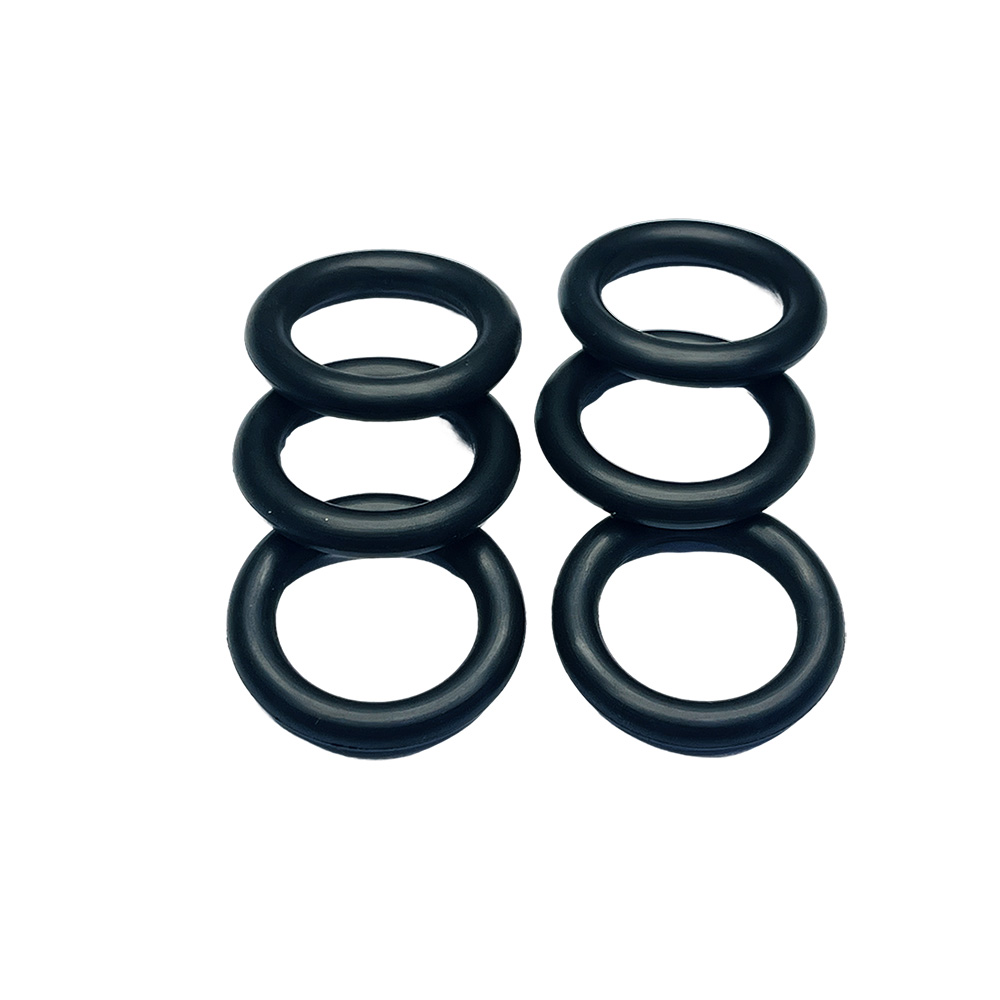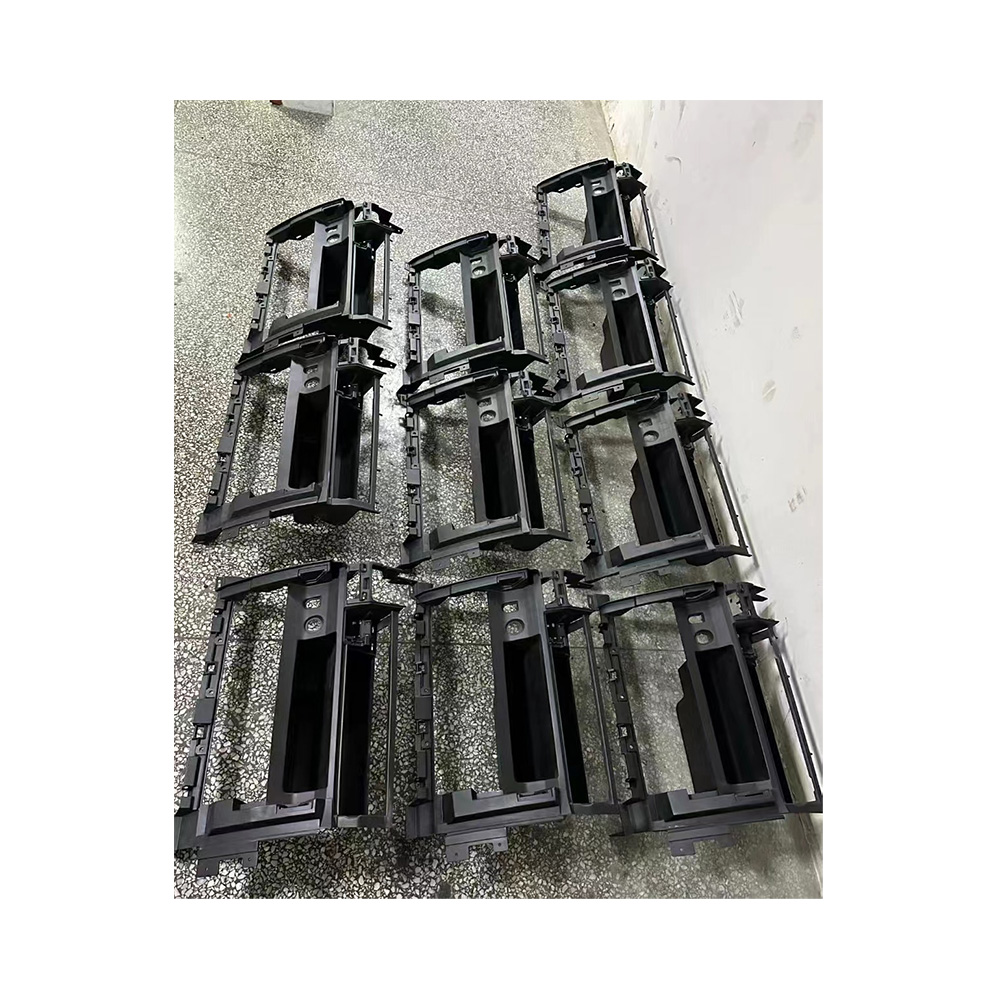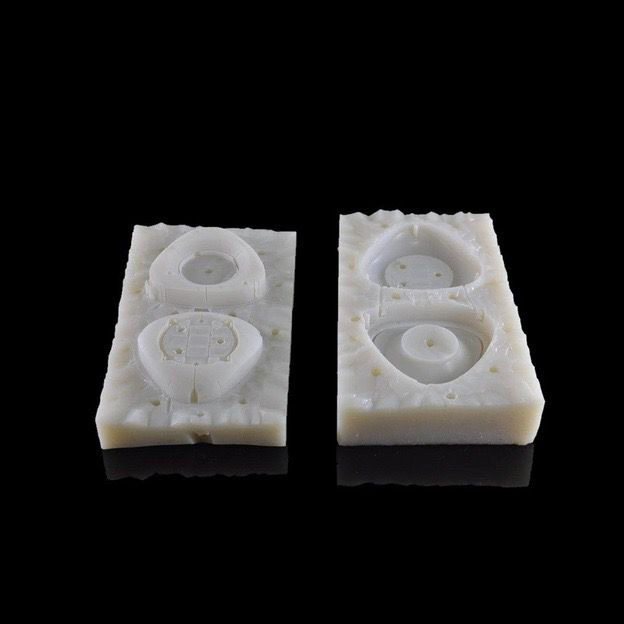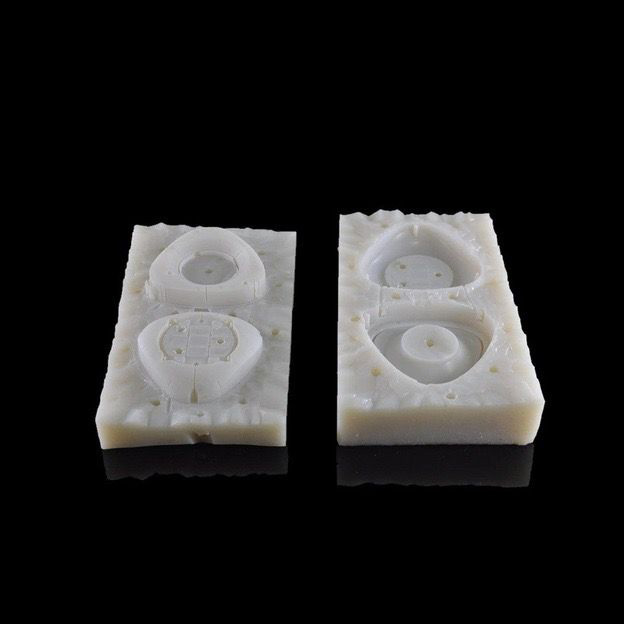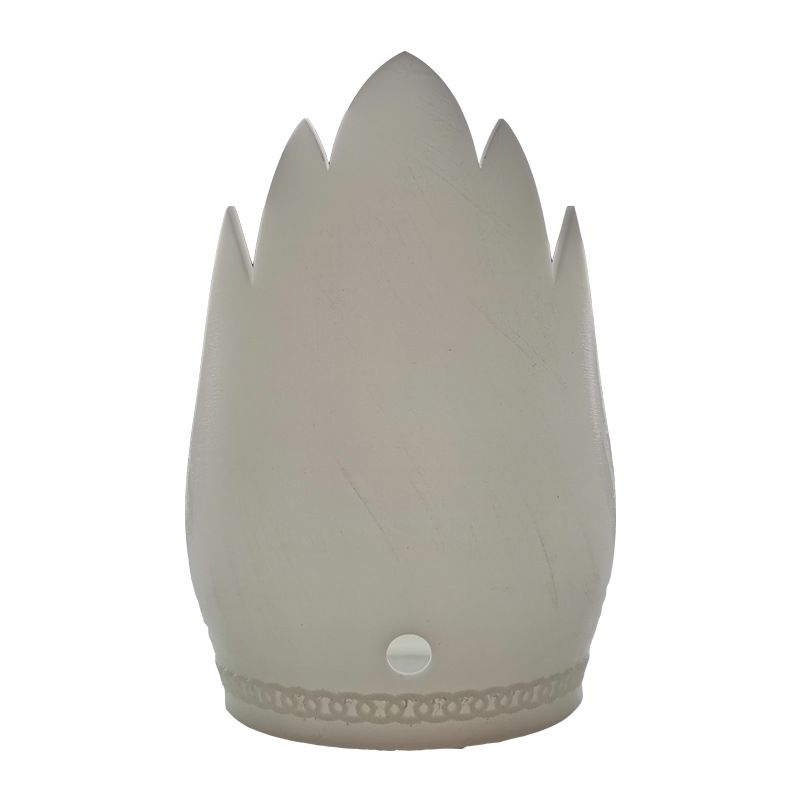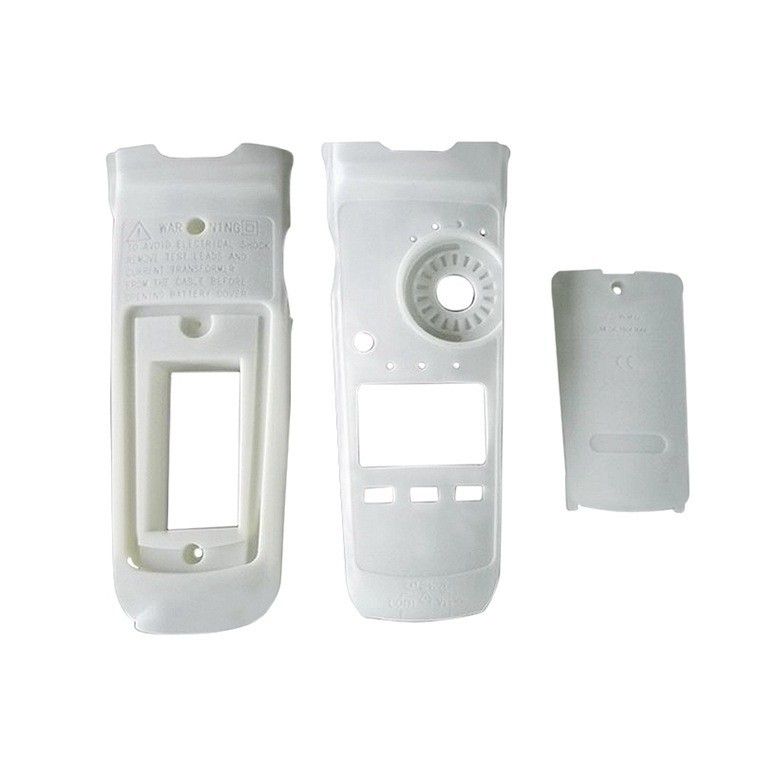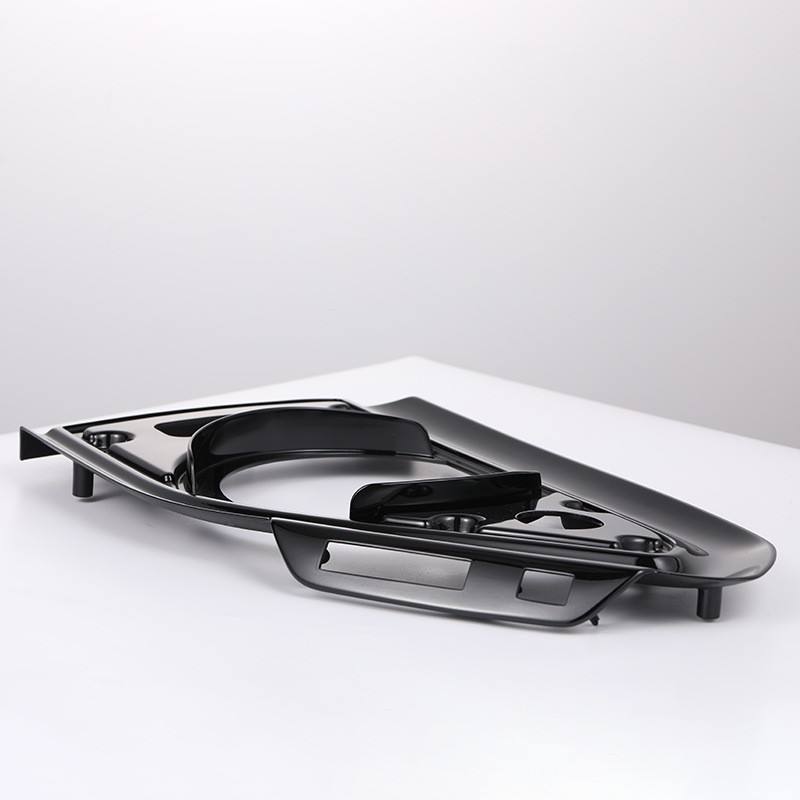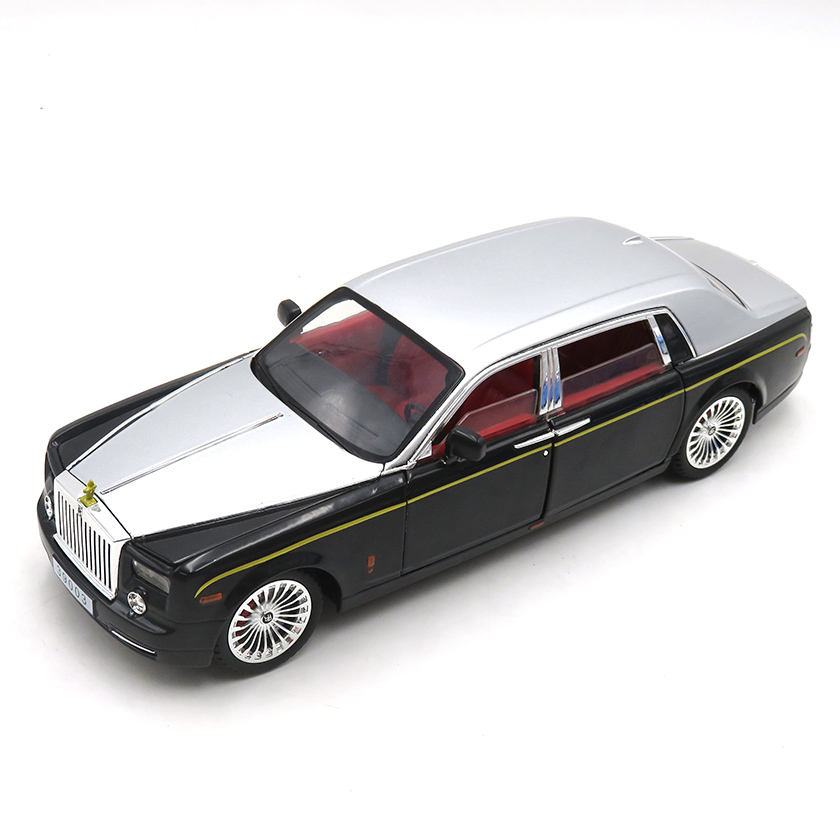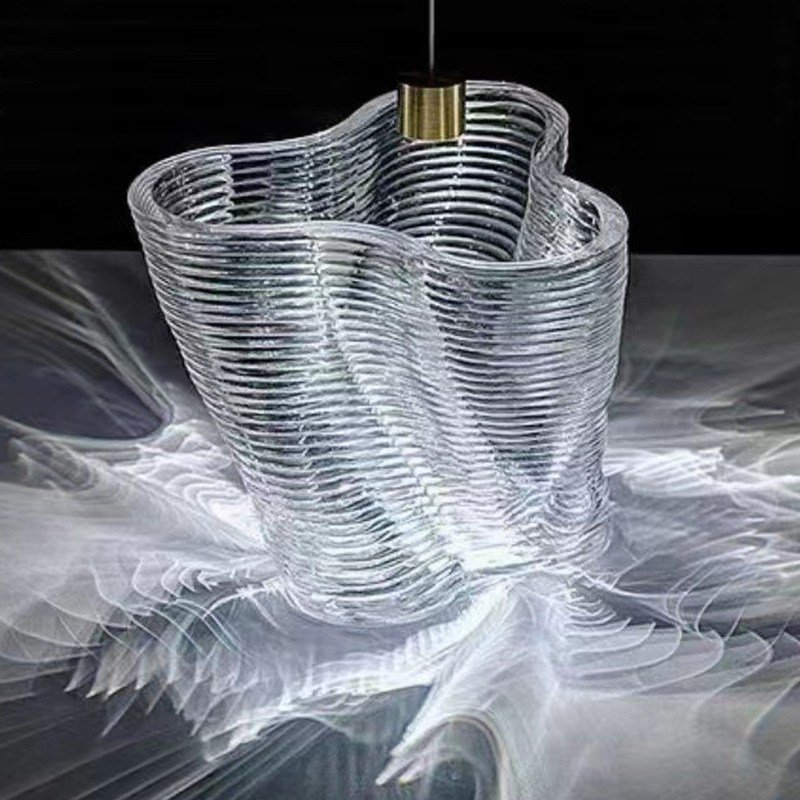0102030405
Sports Equipment die casting
Product Detail
The process of manufacturing die-cast metal parts includes the following steps:
Design the casting: Determine the shape, size, and material of the part based on the product requirements and design.
Make the mold: Produce the mold used for die-casting according to the design requirements. The mold typically consists of two parts, the upper and lower dies, with internal cavities matching the desired part shape.
Prepare the materials: Select suitable metal or alloy materials and heat them to melt according to a specific ratio.
Die-casting process: Inject the molten metal into the mold and apply high pressure to cool and solidify it within a certain time.
Demolding and post-processing: After the die-cast metal part is cooled, open the mold and remove the finished part. Perform surface treatment, remove excess edges, and trim as needed.
Die-cast metal parts have excellent physical and mechanical properties and are widely used in industries such as automotive, machinery, electronics, and aerospace. Through the die-casting process, large quantities of metal parts can be manufactured efficiently and accurately to meet the demands of different industrie

Application
Die-cast metal parts have excellent physical and mechanical properties and are widely used in industries such as automotive, machinery, electronics, and aerospace. Through the die-casting process, large quantities of metal parts can be manufactured efficiently and accurately to meet the demands of different industries.

Parameters
| Number | project | parameters |
| 1 | Product Name | Zinc alloy die casting, Aluminium alloy die casting |
| 2 | Product Material | Zinc aluminium, Aluminium alloy |
| 3 | Mold Material | H13 |
| 4 | Drawing Format | IGES,STP, PDF, AutoCad |
| 5 | ServiceDescription | One-stop service to provide production design, mold tooling development and mould processing. Production and technical suggestion. product finishing, assembly and packaging, etc |
Post-treatment of die casting
Electroplating
Electroplating and coating: Applying a metal or non-metallic thin film on the surface of the casting through electrochemical methods to enhance its protective properties, decoration, and corrosion resistance.
Coating: Using spraying,

Spray painting
Almost all materials can be used, the speed depends on the size and degree of automation, the drying time is at least half an hour, the product surface coloring smooth and uniform

Polishing
The equipment is simple, the material consumption is less, the cost is relatively low, and the speed is faster, so that the metal surface can obtain a non-mirror-like luster, and at the same time, it can eliminate minor defects

Heat Treatment
Altering the alloy's microstructure and properties through processes like heating and cooling, enhancing the material's strength, hardness, and corrosion resistance.
Machining: Applying machining and heat treatment processes to castings in order to achieve precise dimensions and shapes.

Cleaning
Removing oil stains, metal chips, and other impurities from the surface of castings to maintain cleanliness and smoothness.
These post-casting processing techniques can be.

Quality Inspection
1. Incoming inspection: Inspect raw materials, components or semi-finished products provided by suppliers to ensure that their quality complies with the purchase contract and technical specifications.
2. Process inspection: Monitor and inspect each process in the production process to promptly discover and correct unqualified products to prevent them from flowing into the next process or finished product warehouse.
3. Finished product inspection: Quality inspection department at ABBYLEE will use professional testing machines: Keyence, to conduct precise testing of products. Comprehensive inspection of finished products, including appearance, size, performance, function, etc., to ensure that their quality meets factory standards and customer requirements.
4. Factory inspection: Sampling or full inspection of finished products about to leave the factory to verify whether their quality meets the requirements of the contract or order.
Packaging
1. Bagging: Use protective films to package the products tightly to avoid collision and friction. Seal and check for integrity.
2. Packing: Put the bagged products into cartons in a certain way, seal the boxes and label them with the name, specifications, quantity, batch number and other information of the product.
3. Warehousing: Transport the boxed products to the warehouse for warehousing registration and classified storage, waiting for shipment.



